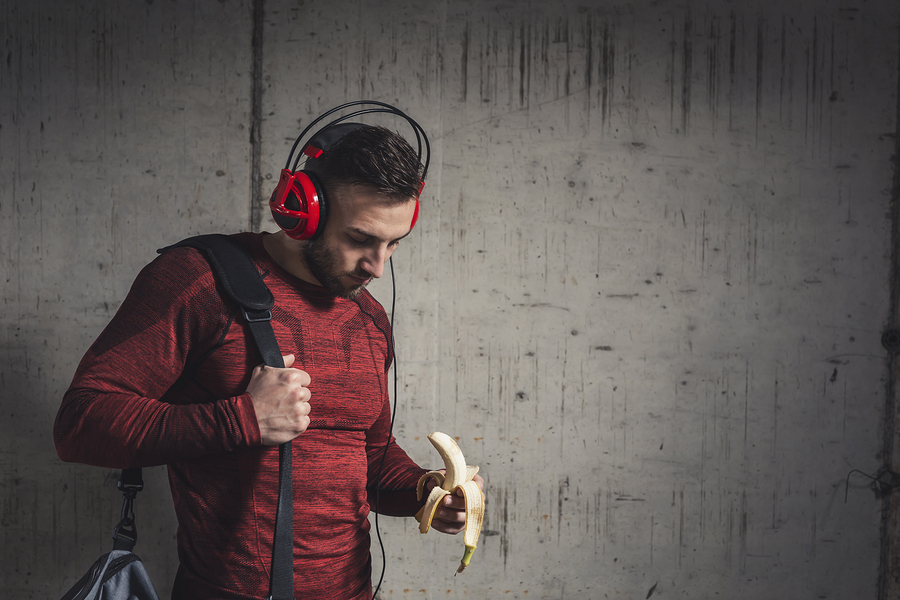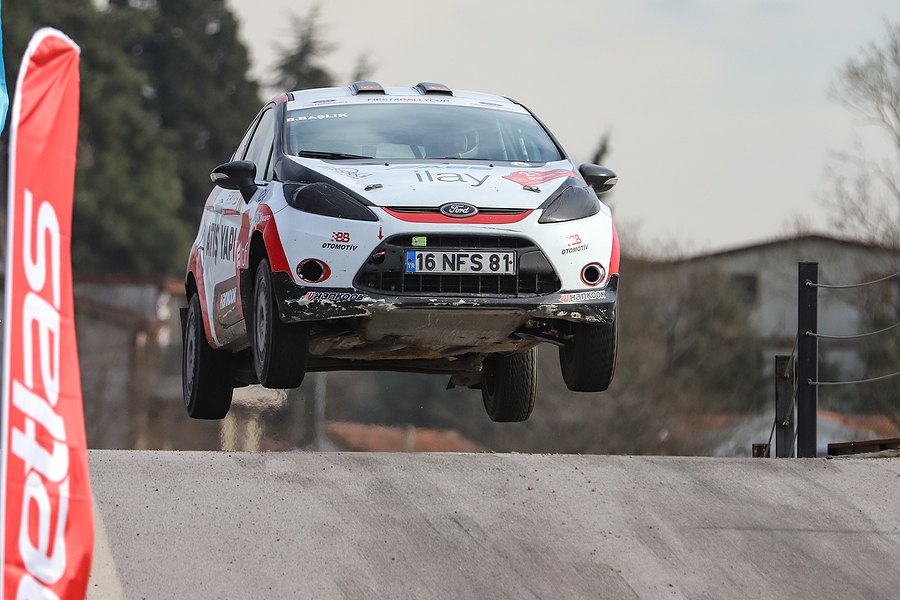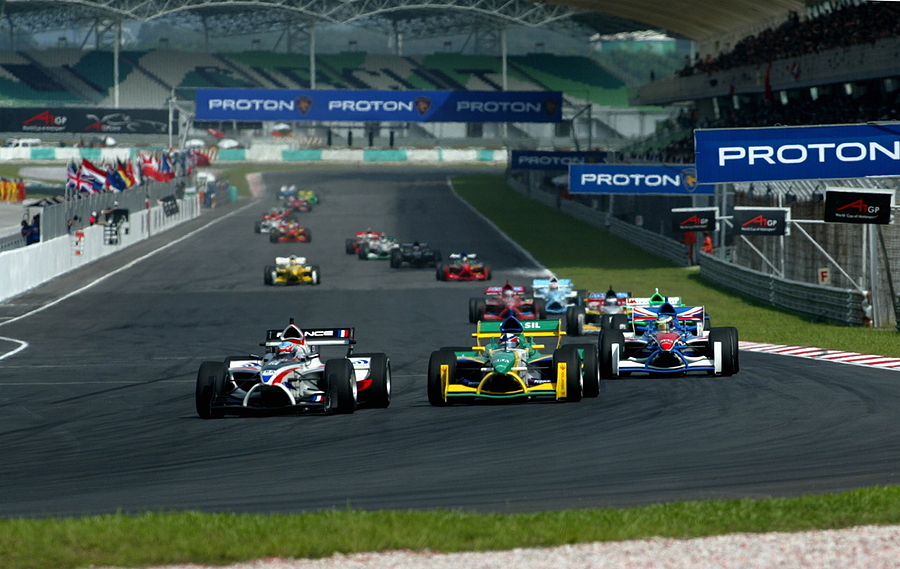
Pre Competition Routines
Although most of our 1-on-1 clients come from sports, we also work with a select number of non-sporting performers. Some are doctors (medical personnel), others are students, and there is also a heathy group of military and special forces performers in there too!
If there is one thing that all of these Condor Performance clients (past and present) have in common, it’s this. Their abilities will be tested via some upcoming event or events. For the athletes and coaches that we work with, these tests tend to come in the form of sporting competitions. For the rest, it could be an exam, a speech, a board meeting, a concert, a sales pitch, a procedure or an operation.
Pre-competition Routines should really be called Pre-Performance Routines, but either way, they are a significant tool in modern-day performance psychology.
PCRs – The Basics
Regardless of what type of event it might be, the same basic rules apply. You’re trying to time your “A-Game” for that event … for when it matters. And if your A-Game is not possible, then being smart about your preparation to guarantee your B-Game is essential to performance consistency.
In many ways, the work that performance/sport psychologists do is just that. We help athletes, coaches, sporting officials, and non-sporting performers be as good as possible when it counts. Note the ‘as possible’ part. Trying to be excellent 100% of the time is impossible and counterproductive. For more on this, read this feature article on Perfectionism.
But how exactly do we go about helping performers to be as good as possible when it counts?
Pre Competition Routines are Mental Skills
For a start, we take the individual differences that exist between people very seriously. What this means is that although all of the mental skills we suggest are scientifically based, the way we introduce them is highly tailored to the individual.
The one-on-one conversations that dominate our working time ensure that the psychological skills are all based on the needs and wants of that person. Not the client before or after, but the one sitting in front of us right now. In some situations, these can be the exact opposite of what we suggested to his/her teammate an hour beforehand.
But sports science ensures that despite the highly tailored nature of our work, there are still common threads that keep the complex tapestry together.
What’s The Main Aim Of A Good PCR?
One such common thread is the importance given to the lead-up to a competition. To put it bluntly, the day or three before the competition is a time that is often skipped when looking at optimal performance strategies. It often slips between the cracks of practice and competing.
In my work, I consider it to be part of the competition. In other words, competition for my clients starts with their Pre Competition Routine, not the actually completing part. For sports that either last a long time (cricket) and/or have long tournaments, this process can last for days rather than hours.
But despite this variation in duration, the overall intention of these routines is always the same. They are designed, through actions, not thoughts, to help the performers become as present and focused on their processes as possible. Trust the work that has taken place and let their muscle memory do its thing.
Easier Said Than Done!!
Here are four golden rules to help you.
First, the word routine(s) is probably not the best choice of words here. The word routine can suggest it’s got to be the same every time. This can be distracting and, therefore, defeats the purpose. ‘Pre-event preferences’ is arguably the best semantic label for this mental skill.
In other words, there wants to be a certain degree of flexibility built in from the very part. This is crucially important and is the first of the golden rules for good reason. Think about it. Putting on your lucky socks and accidentally forgetting them at home. You really want to listen to your favourite playlist, but your phone runs out of battery just before you click play on Spotify. For every single part of your routine, there needs to be a backup that is guaranteed. And an acceptance that your actual performance does not depend on your PCR. Analogy: it can be helpful to know some Japanese when travelling to Japan, but it’s not essential. Useful, not crucial.
Second Golden Rule
The second golden rule is to remember what works for you works for you. Individual differences in sport psychology are a very big consideration. Even if you are an athlete who is part of a team sport, ideally, the majority of your lead-up to kick-off time is spent doing things you want to do and not what the coaches think is best for you.
The third rule is that practice makes permanent. In other words, if you want to ease through your Pre Competition Routine on the actual day of the competition, it’s a very good idea to practice it multiple times beforehand. One of the best ways to do this is via visualisation.
The final golden rule is to try to get in front of someone qualified if you want help with this mental skill (or others). There is a growing number of pseudo-professionals out there who mean well but do not have the appropriate training to assist you / anyone with mental health/toughness changes.
The Condor Performance team is made up of only qualified psychologists, so get in touch if you’d like to learn more about who we are and what we can do for you.


